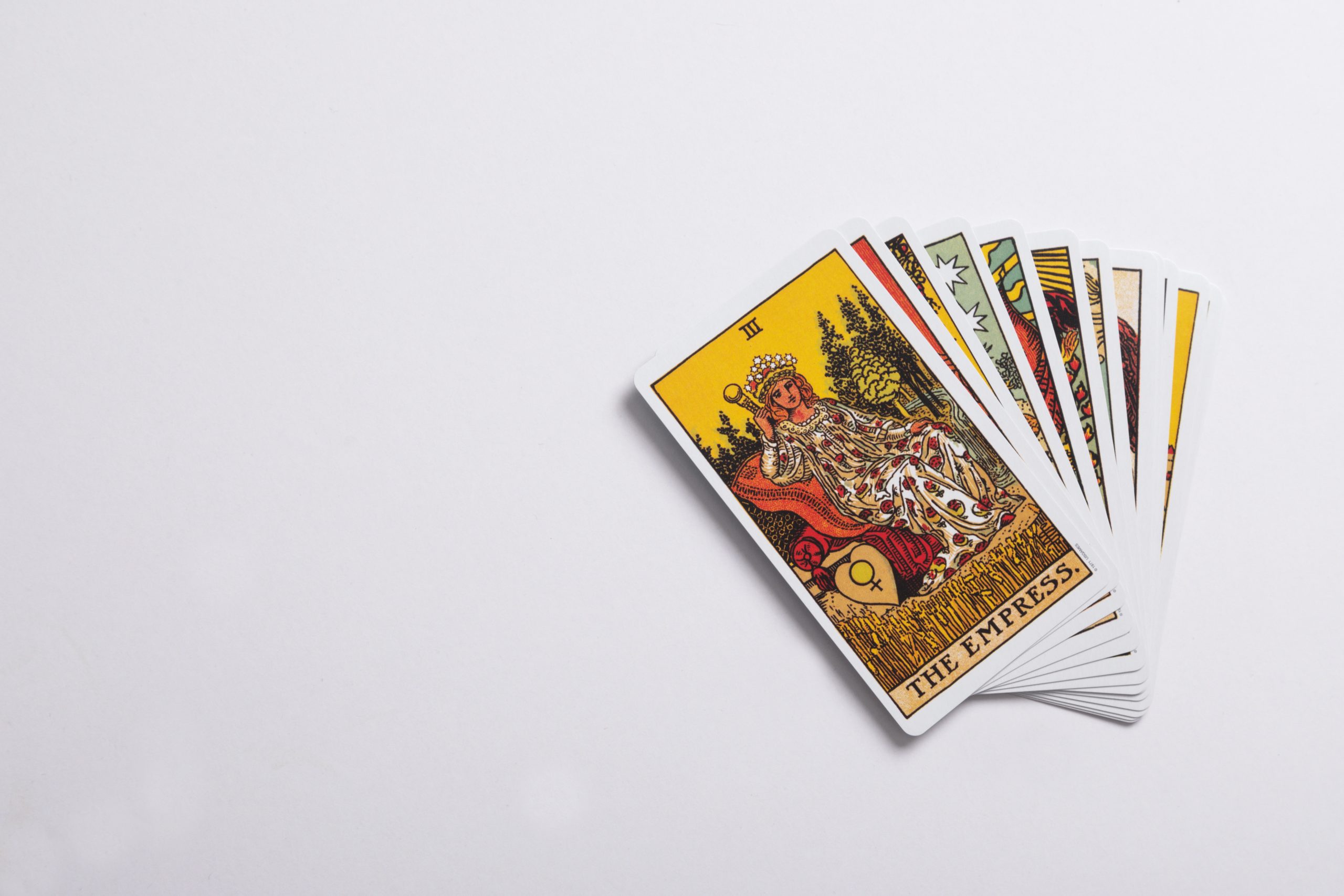Waxing Spanish: Everything You Need to Know about the Spanish Waxing Technique
When it comes to hair removal techniques, waxing is undoubtedly one of the most popular choices for both men and women. Whether you want to achieve smooth legs, a clean bikini line, or well-groomed eyebrows, waxing can deliver long-lasting results. While many people are familiar with traditional waxing methods, there is one technique that has gained traction in recent years: Spanish waxing. In this blog post, we will explore everything you need to know about Spanish waxing, including its origins, the procedure, and its unique benefits.
What is Spanish Waxing?
Spanish waxing, also known as “Sugaring” or “Spanish Sugaring,” is a hair removal technique that originated in Spain. This method involves using a paste made of natural ingredients, typically a mix of sugar, water, and lemon juice, to remove unwanted hair from the body. Spanish waxing is often heralded as a gentler and more natural alternative to traditional waxing.
The Origins of Spanish Waxing
The origins of Spanish waxing can be traced back to ancient civilizations. It is said to have been practiced by Egyptian women as early as 1900 BCE. However, the technique gained widespread popularity in Spain during the Moorish era, when women sought smooth and hairless skin using naturally derived ingredients. Over time, Spanish waxing has evolved, and today, it has become a prominent hair removal method all around the world.
The Spanish Waxing Procedure
The Spanish waxing procedure can be performed at home or by a professional esthetician. Here is a step-by-step guide on how Spanish waxing is typically done:
- Prepare the skin: It is essential to cleanse the skin thoroughly before waxing. Remove any lotion, oil, or residue from the area to be treated. This step ensures that the wax adheres to the hair and not to the skin.
- Preheat the wax: Heat the sugar paste in the microwave or using a wax warmer until it reaches a comfortable temperature. The consistency should be pliable and spreadable.
- Apply the wax: Using a wooden spatula, apply a thin layer of the sugar paste in the direction of hair growth. The paste is typically applied in small sections at a time to ensure effective hair removal.
- Remove the hair: Hold the edge of the applied sugar paste and quickly pull it off in the opposite direction of hair growth. This motion removes the hair from the root.
- Repeat as necessary: Continue applying the sugar paste and removing the hair until the desired area is completely hair-free.
- Cleanse and soothe the skin: After the waxing process is complete, cleanse the treated area with a mild soap or cleanser. Apply a post-waxing lotion or aloe vera gel to soothe the skin and minimize any redness or irritation.
The Benefits of Spanish Waxing
Spanish waxing offers several unique benefits that set it apart from traditional waxing methods:
| Benefits | Description |
|---|---|
| Gentler on the skin | The sugar paste used in Spanish waxing adheres only to the hair, minimizing the risk of skin irritation or damage. It is an ideal option for those with sensitive or delicate skin. |
| Natural ingredients | The sugar paste is typically made of all-natural ingredients like sugar, water, and lemon juice. This makes Spanish waxing a more environmentally friendly and safe choice compared to synthetic waxing products. |
| Less painful | Many people find Spanish waxing less painful than traditional waxing. The sugar paste wraps around the hair, leading to a gentler removal process. |
| Long-lasting results | Spanish waxing removes the hair from the root, giving you smooth skin for several weeks. Over time, regular waxing can result in finer and sparser hair regrowth. |
| Exfoliation benefits | The sugar paste used in Spanish waxing has slight exfoliating properties, leaving the skin feeling smoother and more rejuvenated after the procedure. |
Is Spanish Waxing Right for You?
While Spanish waxing offers several benefits, it may not be suitable for everyone. Here are a few factors to consider when deciding whether Spanish waxing is the right hair removal method for you:
- Hair length: Spanish waxing generally requires the hair to be at least 1/4 inch long for effective removal. If your hair is too short, the wax may not adhere properly, leading to inefficient results.
- Pain tolerance: While Spanish waxing is considered less painful than traditional waxing, it can still cause discomfort, especially for those with a low pain threshold. If you have an extremely low pain tolerance, it may be worth exploring other hair removal options.
- Cost: Spanish waxing can be more expensive than traditional waxing methods, primarily if you choose to have it done by a professional esthetician. Consider your budget and determine if the extra cost is worth the unique benefits Spanish waxing offers.
Conclusion
Spanish waxing, also known as Sugaring, is a gentle and natural hair removal method with a rich historical background. Originating from Spain, this technique has gained popularity worldwide due to its numerous benefits such as being gentler on the skin, utilizing natural ingredients, and providing long-lasting results. However, it’s important to consider factors such as hair length, pain tolerance, and cost when deciding if Spanish waxing is the right choice for you. As with any hair removal technique, it is advisable to consult with a professional esthetician to ensure the best results and minimize any potential risks. So, if you are looking for an alternative to traditional waxing or want to try something new, Spanish waxing might be the perfect option for you.
Table of Contents
